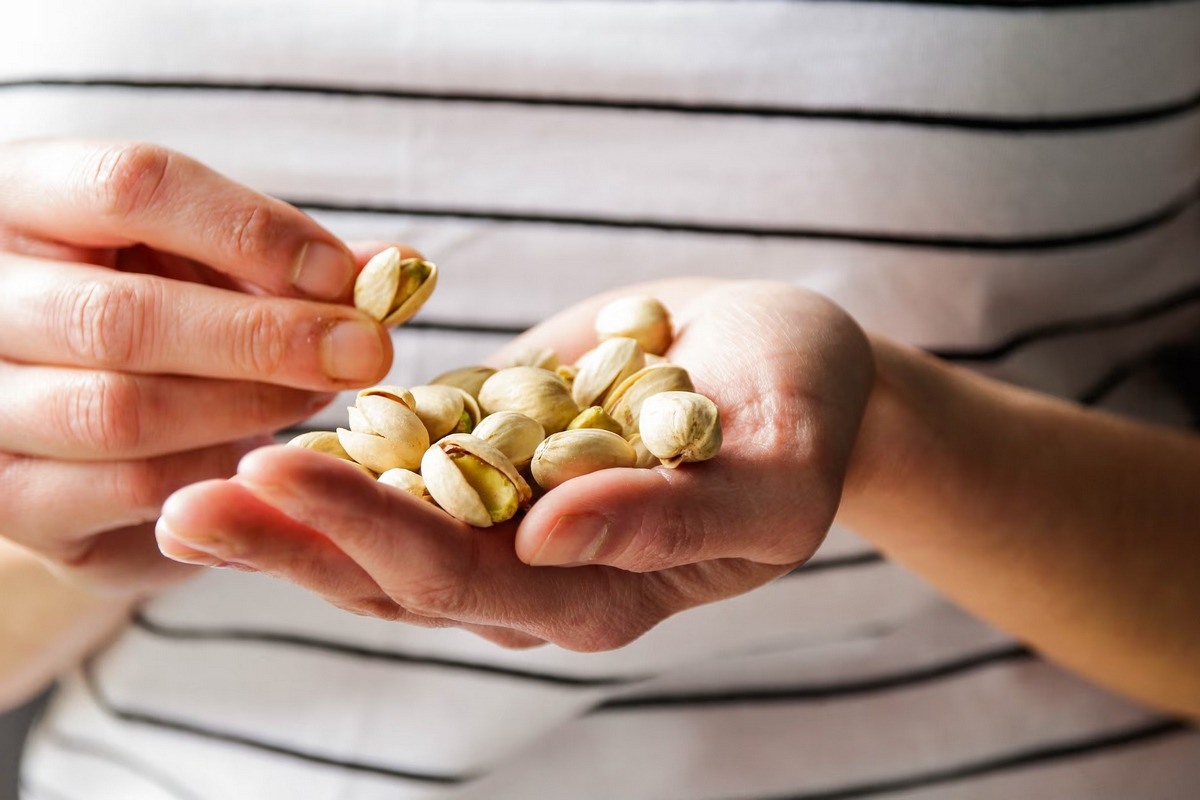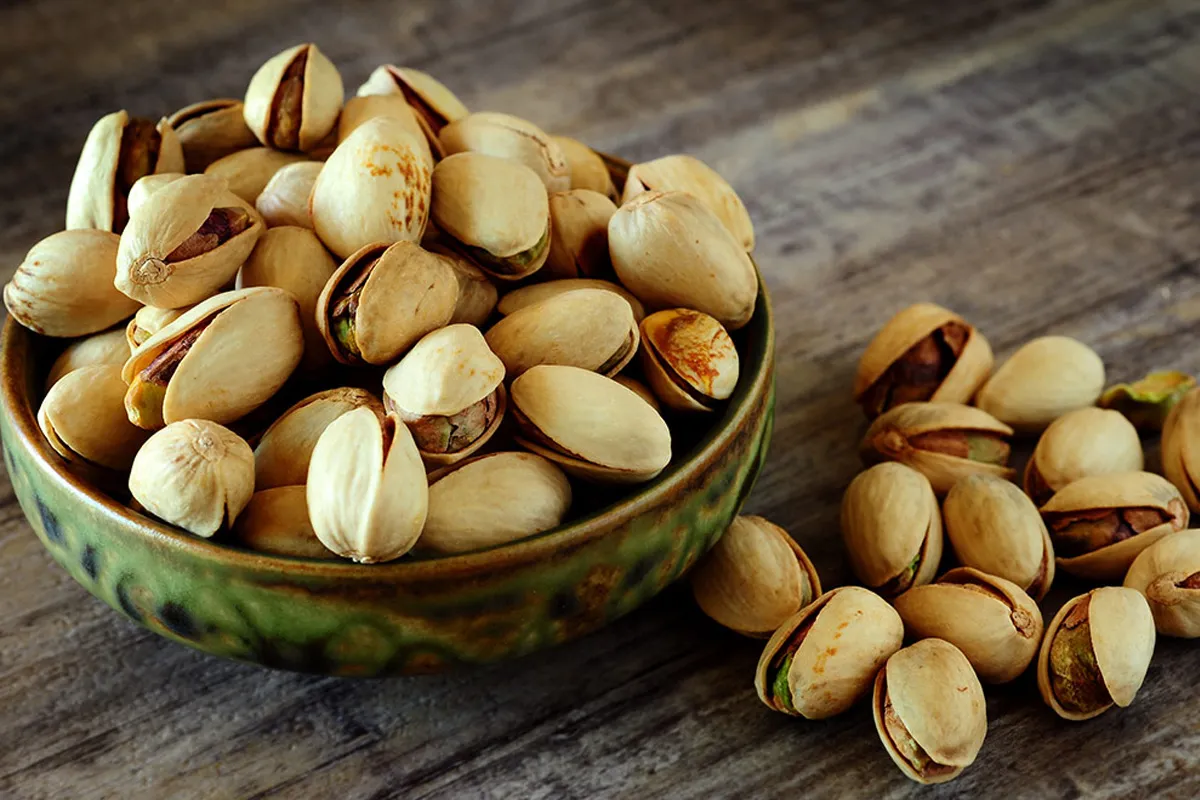- Pistachios have turned a viral trend into a rural economic engine
- In just a decade, their cultivation has grown by 3,000% and generated more than 200,000 direct and indirect jobs throughout Spain
Few economic success stories have grown as quickly and strongly as that of what is undoubtedly the nut of the moment: the pistachio. This nut has become the star of an unprecedented nutritional phenomenon, becoming the star of toppings and an ally of the most diverse desserts that go viral on Instagram.
However, thanks to this unexpected popularity, pistachio cultivation is generating thousands of jobs and revitalising regions of the country that for years had seen their populations slowly decline.
Pistachios are on the rise.
According to the report “The present and future of pistachio cultivation and processing. From a business perspective” produced by Agróptimum in collaboration with Juan Vilar, the pistachio industry has experienced spectacular growth. In the last decade alone, it has expanded by more than 3,000%, establishing itself as one of the great agricultural surprises of recent years in Spain.
The boom in this crop is not only a response to international demand, but also to the drive of new producers and local cooperatives who, given its adaptation to climatic conditions and its high profitability, have discovered a product that allows them to maintain their agricultural activity.
A driver of employment.
According to the report’s data, the pistachio production chain currently generates more than 200,000 jobs throughout the country, including both direct and indirect employment. This figure encompasses positions ranging from cultivation and field care to jobs in genetic research, data programming for precision agriculture, and distribution and export tasks.
Agróptimum estimates that this wave will continue to grow, with around 100,000 additional jobs being created over the next five years, especially in areas related to new planting and the process of technification in the sector.
Pistachios are not the only thing taking root.
Data from the Ministry of Agriculture, Fisheries and Food show that 61% of the irrigated pistachio area registered in 2024 was newly planted, along with 70% of the rainfed area that was also beginning cultivation.
Most of these new pistachio plantations are being developed in areas recognised for their risk of depopulation, such as Castilla-La Mancha, Castilla y León, Extremadura and Andalusia. The arrival of pistachios in these regions has provided a boost to employment, helping to anchor the young population in these territories and attracting new residents with new business projects linked to the cultivation of this nut.

Castile-La Mancha as a pistachio superpower.
The most striking growth in this type of cultivation has occurred in Castile-La Mancha, where around 80% of the national area of land cultivated with pistachios is concentrated, achieving a harvest of more than 5,600 tonnes in 2025. This represents 75% of the national total of 7,500 tonnes.
In this region, the area planted already exceeds 64,000 hectares in its various forms of rainfed and irrigated land, with significant expansion year after year and a growing focus on organic production, which represents approximately 36% of all pistachios grown.
An industry with global reach.
According to what has been published by El Economista, Spain is consolidating its position as a European producer of pistachios. At present, the Spanish pistachio market represents around 0.7% of world production, and Spain imports pistachios from the US and Iran.
However, these harvests are taking place in a context where the plantations are still young and their productivity is limited. The sector estimates that in a few years these plantations will reach cruising speed and the volume of a very high-quality product will multiply, with the EU countries as its main destinations.




